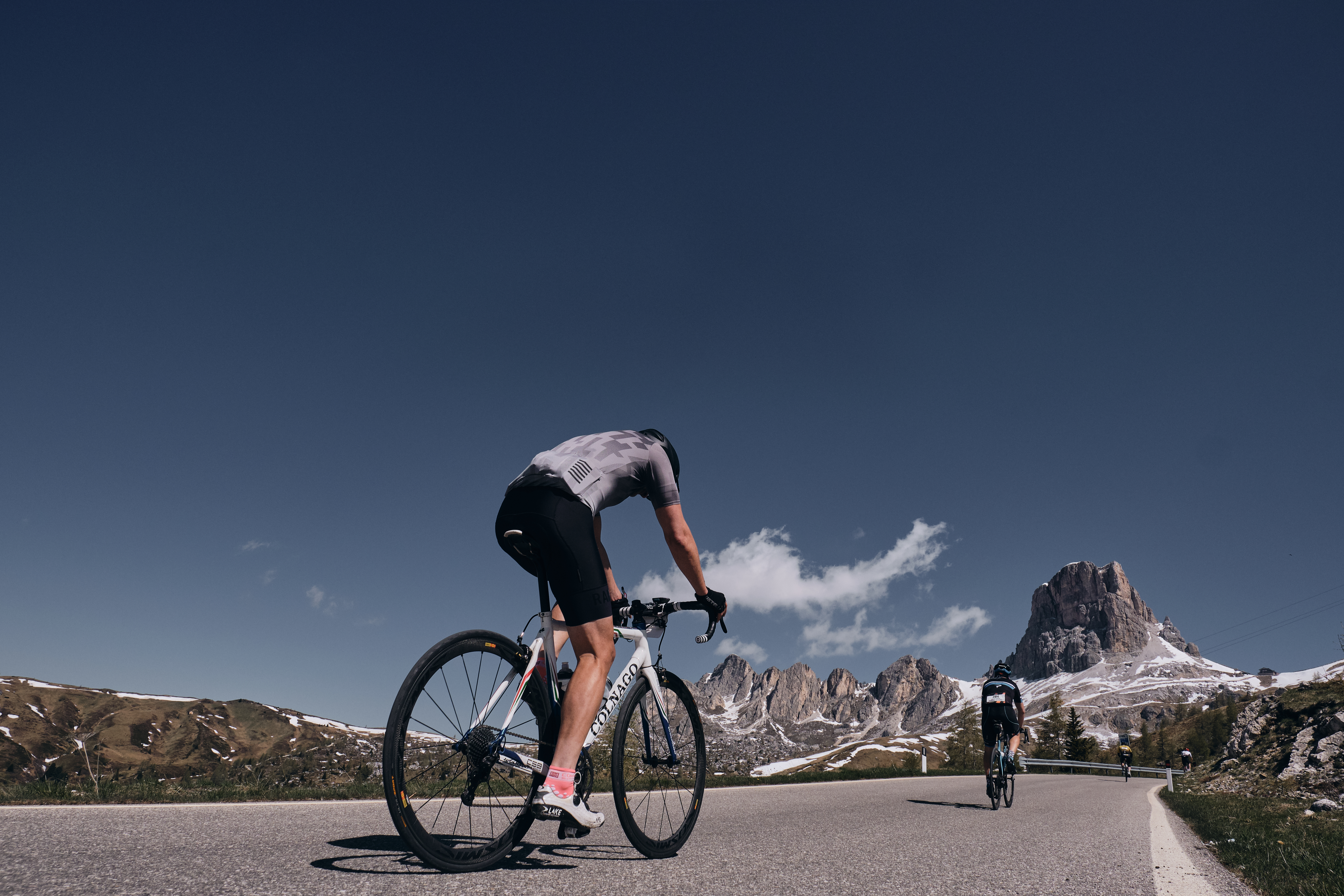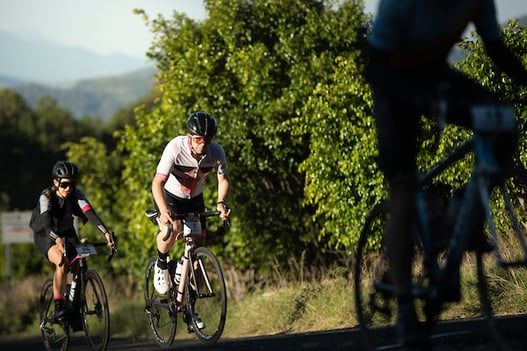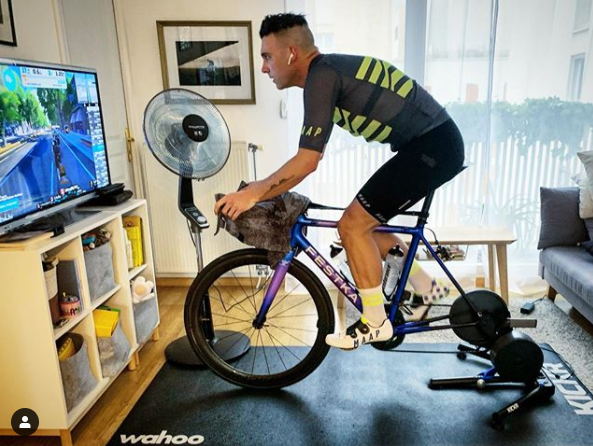While many of us are cycling year round because it’s what we love to do, there are important reasons why you should stay engaged in purposeful training – not just café rides – throughout the year, too.
Cycling year round, the only way to make gains year over year
To be a stronger and faster cyclist next season, you want to build on the fitness you gained this season.
If you lose 25% of your sustainable power at lactate thereshold between October and January, you’ll have to train during winter and spring just to get back to where you are right now.
This is particularly true for more experienced and highly-fit cyclists, because you are already at a higher fitness level where more work is required to achieve smaller improvements.
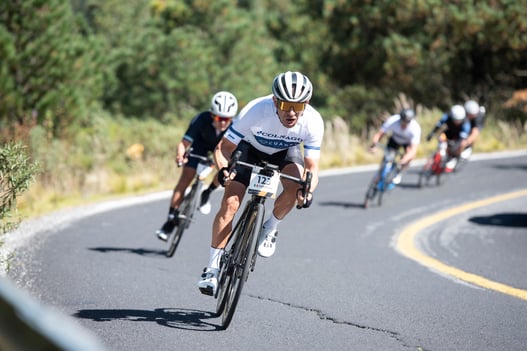
Stay lean so you don’t have to proactively lose weight:
Some weight fluctuations throughout the year are normal and healthy for cyclists. If you spent part of the year getting down to a goal weight for your high-priority events, that weight is probably not sustainable year round.
At the same time, you want to avoid massive swings in bodyweight because it is easier and healthier to get down to a goal weight by losing 5 kilograms rather than trying to shed 15.
Relatively small fluctuations in bodyweight can be managed with small changes in nutrition and training habits, whereas significant weight loss requires proactive effort and can be more disruptive and detrimental to training progress.

Cycling year round gives you time to focus on specific area:
Training year round means you can spend portions of the year focused on fundamental training with of a need to work around vacations, work projects, or event-specific training goals.
For instance, the fall is often a great time to pack in big blocks of uninterrupted aerobic and lactate threshold work. During the season, cyclists get busy preparing for and recovering from the specific demands of individual events, so there’s less time available for the big training blocks that can really take your fundamental fitness to a new level.
1) Consistency keeps you sharp
The more you do anything, the better you get at it. When you’re off the bike for substantial periods of the year, or you dramatically reduce the frequency of your rides, you get rusty.
Each ride includes a period of getting used to the bike again, which takes away from the purposeful work you could be doing and also means you have to deal with the aches and pains that come from getting back on the bike after a long time away.
Consistency also keeps your skills sharp, so you’re comfortable and confident the next time you’re in a pack or on a descent.
2) You’re not getting any younger
It is well documented that VO2 mrax gradually declines as we get older, starting at about 35-40 years old.
However, in a classic case of ‘use it or lose it’, you can minimize this decline by training year round. It is also important to remember that you can still get faster and stronger even as your VO2 max declines.
Your VO2 max is your performance ceiling, but most cyclists have plenty of room for improvement before reaching their current or even slightly lower ceiling.
How to do it
Here are some tips for making cycling year round training effective.
1) Set goals
Goals give you purpose and a target to aim for. During the cold and dark days of winter, your summer goal event can help keep you motivated. You can even setting up an indoor trainer at home to make it easier to train for cycling year round; Eight things you need to know before setting up a home trainer.
Make your goals known to your friends, family, and cycling buddies. Make real commitments by signing up early for the events on your list. For Haute Route events, take advantage of bundled pricing when you sign up for more than one event at a time.
2) Grab some friends
It’s easy to skip a training ride or stay in bed on a cold morning when no one is waiting for you. Training with friends or a cycling climb adds accountability and makes the training sessions more fun.
Check out the Rides & Rendezvous section of the website for a schedule of rides and events you can join.
3) Use technology
When life gets busy it is important to have options that lower to the barriers to actually getting on the bike. Invest in an indoor trainer. You can check out 8 ways to make your turbo trainer more enjoyable.
Also with interactive apps like Zwift so you can jump on the bike for a quick 30-60 minute ride instead of skipping altogether. You can join the Haute Route commnunity on Zwift and Strava.
3) Get a coach or training plan
To keep you on track and provide some structure to your training, consider getting on a training plan.You can check out the Rides and Rendezvous section of the website for a schedule of rides with our ambassadors.
To help you also adjust your training around your busy personal life and complicated work schedule, work with a professional coach. Compared to static training plans, a coach can provide personalised guidance on training, recovery, nutrition, and integrating training into your lifestyle.
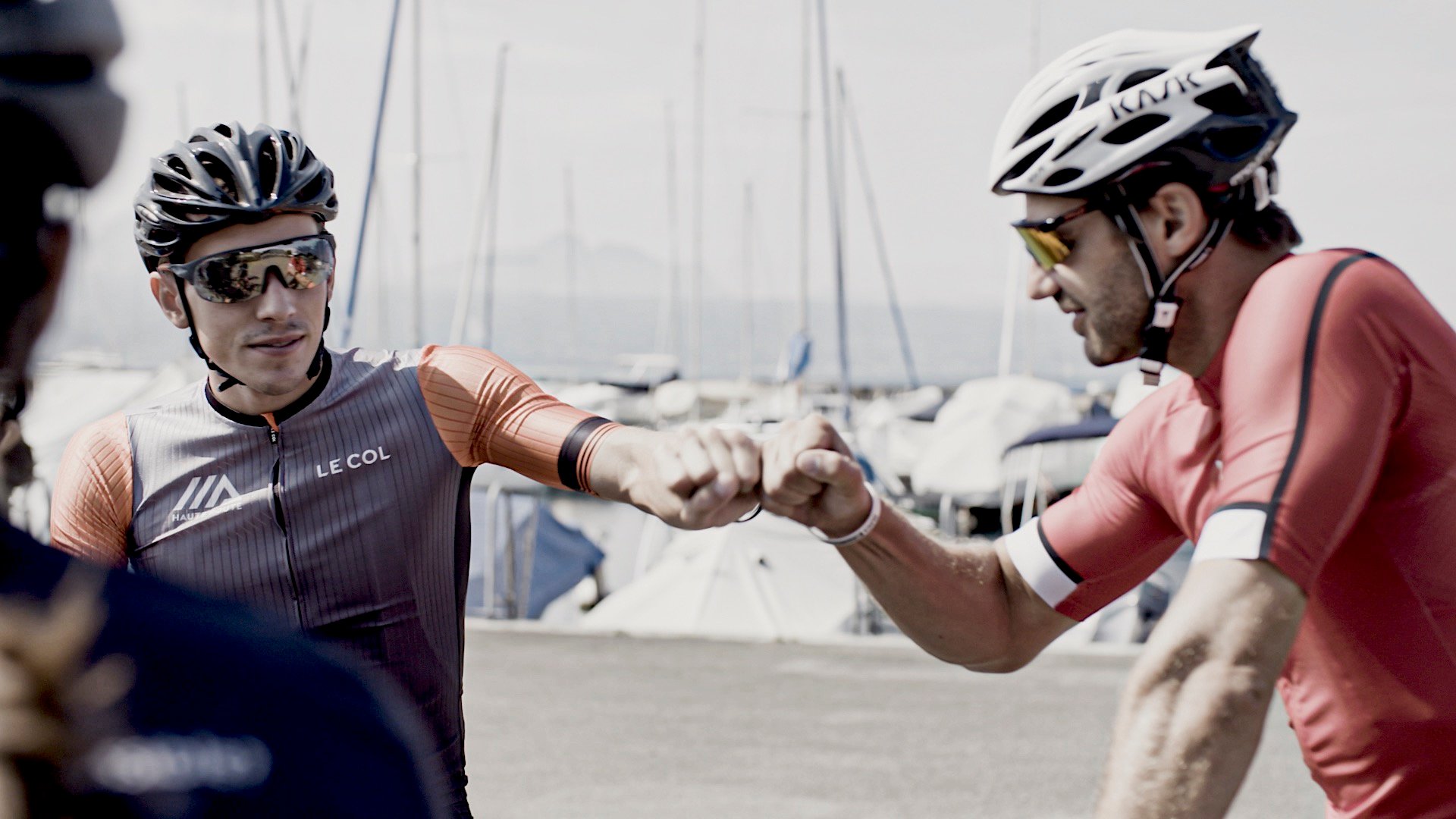
By Jim Rutberg,
Co-author, “The Time-Crunched Cyclist”

